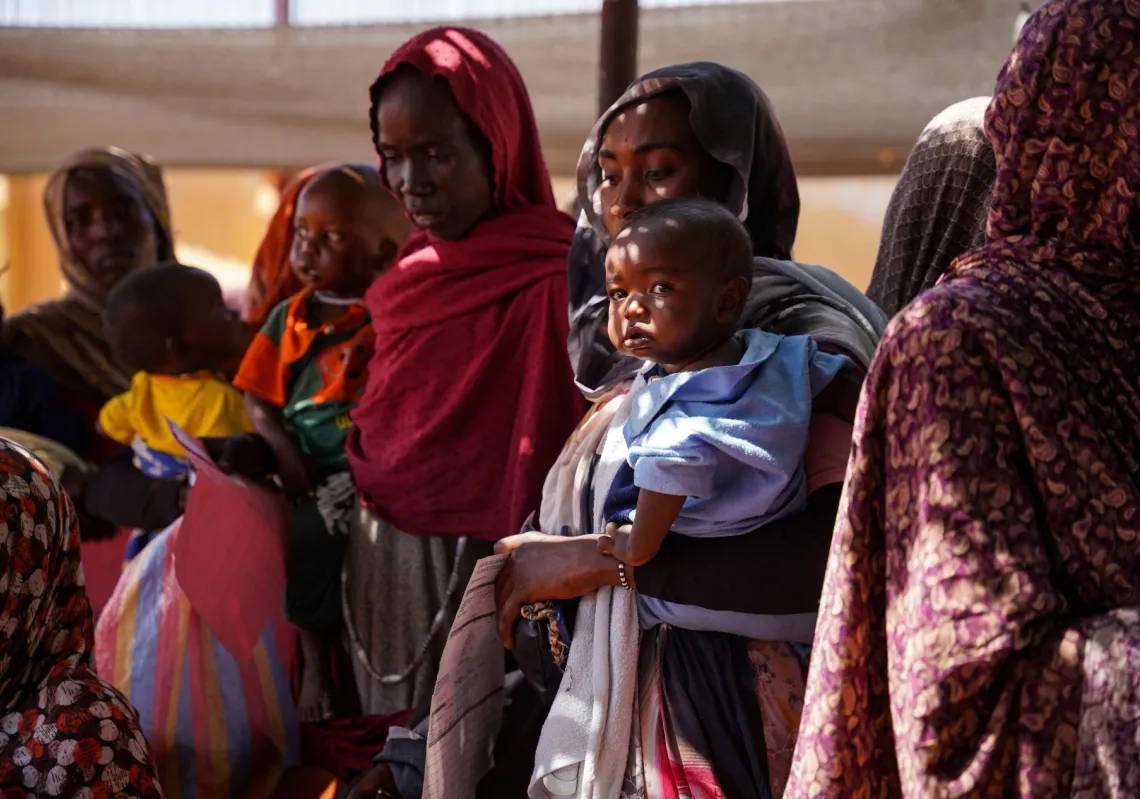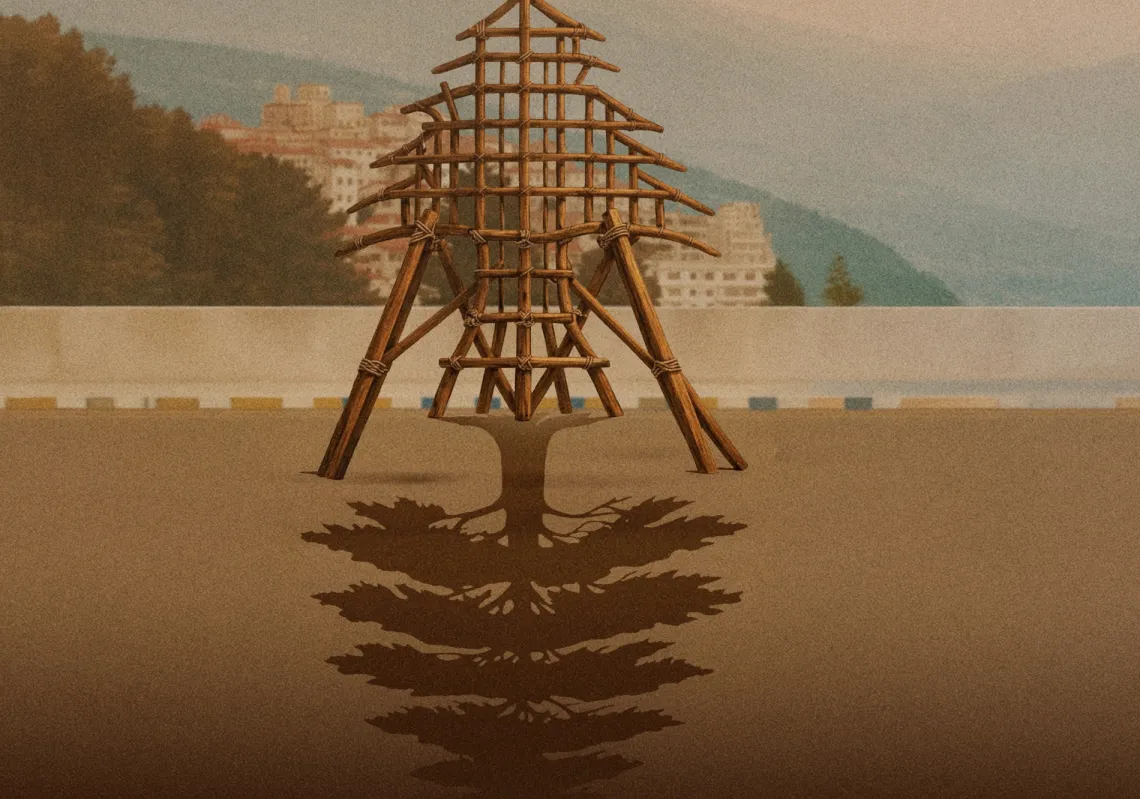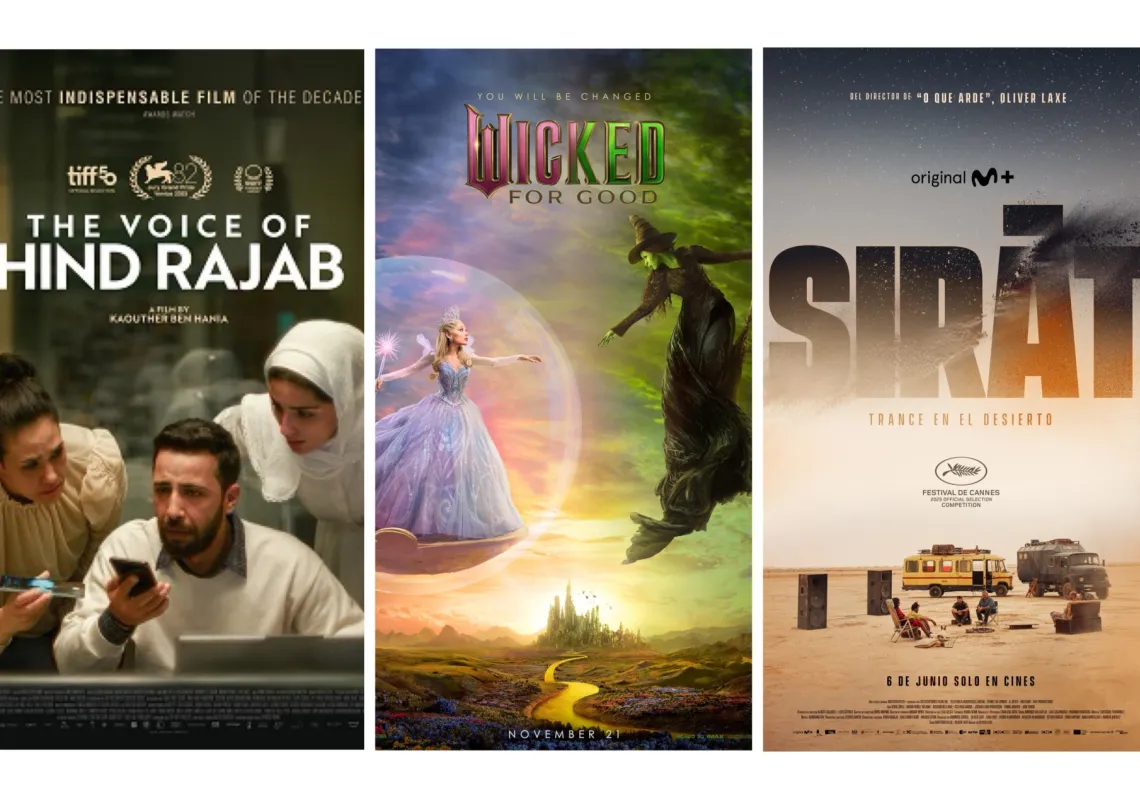“The international tourism industry contributes 8% of greenhouse gases and 40% of hard waste. With more activities by the year 2030, more environmental challenges will be created. This places a huge responsibility on us as policymakers and governments to work closely with the UN, WTO and the private sector to set up plans and restore control, not only to protect the planet, but to regenerate what has been lost,” said Ahmad Al-Khatib, Saudi Minister of Tourism, on the margins of the Sharm Al-Sheikh Climate Change Conference (COP27), which was concluded last week.
But what is the definition of “Sustainable Tourism”?
According to the UN Environment Program and UN World Tourism, this kind of tourism is defined as “tourism that takes full account of its current and future economic, social and environmental impacts, addressing the needs of visitors, the industry, the environment and host communities.”
This is different from “ecotourism,” which refers to a kind of nature tourism that respects the environment.

The new thing the Saudi Tourism Minister is bringing to the table is “environment generation,” which is new to the world of tourism.
Saudi Arabia has already begun taking measures and raising the standards of its world-class touristic projects such as Red Sea, Amala, NEOM and all its sub-projects.
Why is Saudi Arabia taking faster steps towards tourism sustainability? How is this helping regenerate the environment?
NET ZERO TOURISTIC PROJECTS
Starting from drinking water to transportation, the Red Sea Project and its sub-project AMALA rely on renewable resources. The Project encompasses an archipelago of more than 90 islands along the Western coast of Saudi Arabia on the Red Sea.
The Project is set to launch Phase 1 next year and to be completed in 2030. The Project is eco-friendly as it will mitigate carbon dioxide emissions, waste production, and light and noise pollution, while maintaining the destination at a level equivalent to a Marine Protected Area, according to the official website. The Project is financed by the Public Investment Fund (PIF).
Restoring and conserving marine life through the elimination of pollution and preventing overfishing will definitely lead to regenerating nature. Last year, the Red Sea Project inaugurated its first station to extract water from sunlight and air. The water station comes as part of the company’s culture to preserve the natural environment without resorting to the natural resources of drinking water.
NEOM and its sub-projects The Line and Trojena – All those projects are eco-friendly and will completely rely on clean energy such as wind, sunlight, green hydrogen, etc. According to NEOM’s official website, Trojena will be an iconic, world-class destination, blending natural and developed landscape.
“Preserving nature is at the heart of PIF’s projects. Saudi Arabia is adopting eco-friendly policies,” said Hadi Namani, an Arab researcher.
NATURE RESERVES
The continuous urbanization over the past 100 years has resulted in habitat loss and the extinction of various species such as the Arab leopard. In response, The Kingdom has dramatically increased the numbers of protected land and marine areas and nature reserves.
Currently, there are 15 nature reserves across the country, where hunting is completely prohibited. The Environment Police apparatus was founded with the purpose of protecting the environment, wildlife, biodiversity, enforcing the law, and fighting forest harvesting. Those nature reserves and protected lands are supervised by the Saudi Wildlife Authority.

“The establishment of nature reserves, both land and marine, shows seriousness and commitment to nature regeneration. Saudi Arabia has set ambitious goals to go beyond sustainability to reach the state of nature regeneration, where species that are going extinct will have the opportunity to live and reproduce,” said Namani.
The good news is that Arabian oryx and leopards have returned to the wild following long decades of overhunting and capturing. Now, hunting outside the seasons approved by the Ministry of Water and Environment is severely punishable by law.
Having more animals untouched in the nature and wildlife reserves proves again the success of the policy of regeneration, taking into consideration that those reserves will be perfect for the safari trips which are part of sustainable, regenerative tourism.
MOBILITY and MICROMOBILITY
The Red Sea Project has recently signed a deal to buy electric buses that are going to be used to transport tourists. NEOM is currently using micromobility for movement inside the city.
Micromobility is defined as transportation over short distances provided by lightweight vehicles operating under 25 km that are designed for personal use. The vehicles include dockless bikes, e-scooter, e-buses, e-bikes, other forms of micromobility. Solar-powered charging stations are an increasingly important source for powering micromobility.
“Electric vehicles play an important role in cutting greenhouse gas emissions. One third of the oil consumed worldwide goes for transportation. Transportation accounts for a great share of air pollution. The greener the Kingdom goes, the more sustainable and regenerative it gets,” commented expert Namani on the importance of electric vehicles in the sustainable tourism future.
It is important to note that Saudi Arabia burns 3 million barrels of oil to produce electricity. This means that electricity used in mobility and micromobility should be generated from renewable sources.

SAUDI GREEN INITIATIVE
The Kingdom is leading the effort to reduce global warming by self-imposing a commitment to reach net zero carbon emissions by 2060, increase the green cover, and adopt the circular economy.
The Middle East Green Initiative includes planting 50 billion trees in the region, with one fifth of the total (10 billion trees) to be planted in the Kingdom, which is the largest tree-planting program globally. The initiative involves the reclamation of 200 million hectares of land. The green cover expansion will help capture carbon, fight desertification, and creates a better environment for people, animals, and trees while keeping biodiversity.
This initiative has a touristic side. 10 billion trees will be more than enough to turn deserts into green areas that are perfect for touristic activities. Charities, non-profit organizations, and individual/group volunteering initiatives have already joined forces with the government to increase the Saudi green cover.
The regeneration of the Saudi environment will help make the Kingdom a destination for sustainable tourism.
"It is the outcome of several environmental and anti-climate change initiatives that are going to help Saudi achieve its sustainable tourism goals,” said Namani.
IMPACT ON PEOPLE
Sustainable and regenerative tourism will have a great impact on people. The flourishing environment and natural beauty would help the Saudi countryside and its people to create a better tourism industry.
People do not have to relocate to bigger cities to look for better life conditions. The regenerative nature will help attract more people to see what the Kingdom has to offer to tourists.
“Social and environmental justice are linked together. Whenever nature is respected, it will give more to people, and sustainable, regenerative tourism will become a reality,” concluded the Arab researcher Namai.











